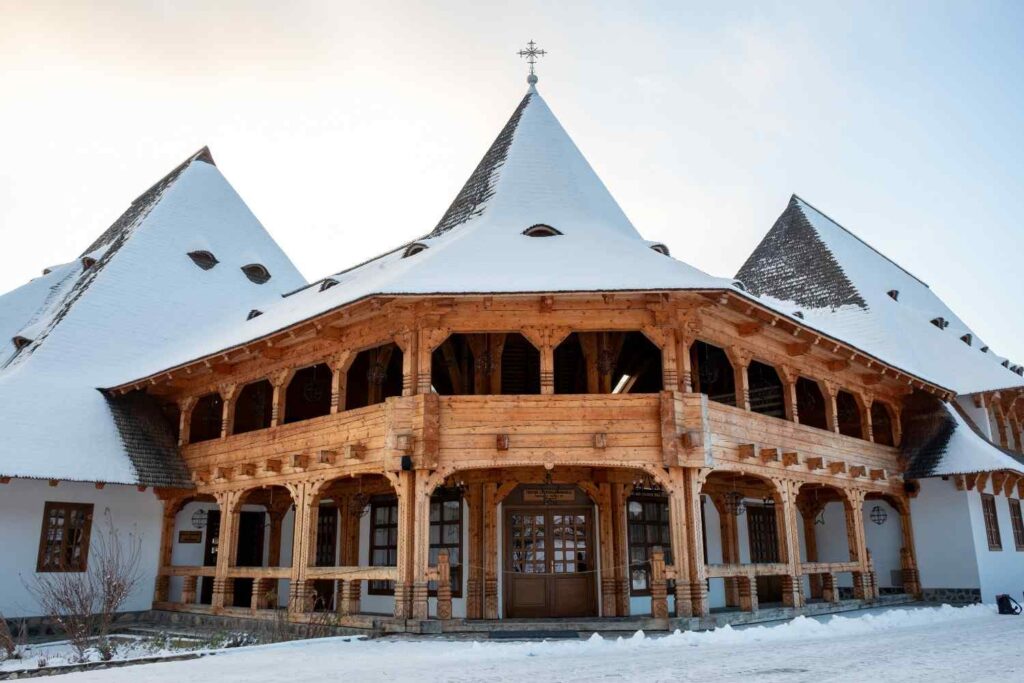Historic buildings offer more than just a place to do business; they provide a story, a sense of character, and an ambiance that modern constructions often struggle to replicate. For entrepreneurs in the hospitality industry, these unique spaces present a golden opportunity. From charming bed and breakfasts to elegant event halls, transforming a historic property into a thriving business can be incredibly rewarding.
This guide will walk you through the key considerations for achieving small business success in historic hospitality spaces. We will cover everything from embracing the building’s unique character to navigating the challenges of renovation and marketing your venue to the right audience. By understanding how to blend historical charm with modern expectations, you can create a destination that guests will remember and recommend for years to come.
The Allure of Historic Venues
What draws people to historic spaces? It’s the sense of stepping back in time while enjoying contemporary comforts. The architectural details, from intricate woodwork and stained-glass windows to original hardwood floors, offer a built-in atmosphere that can’t be bought. This unique character is your strongest asset.
Instead of fighting the quirks of an old building, lean into them. Use history as the foundation of your brand story. Was your building once a bank, a schoolhouse, or a family estate? Weave that narrative into your marketing, menus, and decor. This storytelling element creates a deep connection with guests, making their experience more personal and memorable. A unique setting helps you stand out in a crowded market and gives customers a compelling reason to choose you over competitors.

Blending Old-World Charm with Modern Comforts
While guests are drawn to historical character, they also expect modern amenities. The key to success is finding the right balance between preserving the past and providing the comforts of today.
Strategic Renovations
Renovating a historic building comes with its own set of rules. Before you start, research local zoning laws and historic preservation guidelines. These regulations can be strict, but they exist to protect the building’s integrity. Working with architects and contractors experienced in historic restoration is crucial. They can help you navigate the approval process and find creative solutions that respect the building’s heritage.
Focus your upgrades on areas that impact guest comfort the most. This includes:
- Modernizing Restrooms: Ensure they are clean, spacious, and fully accessible.
- Updating HVAC Systems: A comfortable temperature is non-negotiable for guests.
- Installing Reliable Wi-Fi: Fast and free internet is a standard expectation for any hospitality business.
- Improving Accessibility: Adding ramps or elevators where possible ensures that all guests can enjoy your space.
Crafting an Unforgettable Guest Experience
Your building is the stage, but the experience you provide is the main event. Every detail, from the moment a guest arrives to the time they leave, contributes to their overall impression.

Curated Decor and Ambiance
Decor should complement the building’s architecture, not compete with it. Choose furniture, lighting, and art that align with the historical period of the property while adding a touch of modern elegance. For example, antique-style furniture paired with contemporary art can create a sophisticated and eclectic vibe. Lighting is especially important for setting the mood. Use a mix of ambient, task, and accent lighting to highlight architectural features and create a warm, inviting atmosphere.
Service That Tells a Story
Train your staff to be more than just employees; they should be storytellers and ambassadors for your brand. Equip them with knowledge about the building’s history so they can share interesting facts and anecdotes with guests. Personalized service makes a significant impact. Remembering a returning guest’s name or accommodating a special request shows that you value their business and enhances their connection to your venue.
Marketing Your Historic Gem
Once you’ve perfected your space and service, it’s time to tell the world about it. Your marketing strategy should highlight what makes your venue special.

Visual Storytelling
High-quality photos and videos are essential. Invest in professional photography that captures the unique details and overall ambiance of your property. Showcase your venue in different settings—a sunlit brunch, a romantic evening dinner, or a bustling event. Use these visuals across your website, social media, and online listings. Virtual tours are also an excellent tool, allowing potential guests to explore your space from anywhere in the world.
Reaching the Right Audience
Identify your ideal customer. Are you targeting couples looking for a unique wedding venue in Lansing, corporations seeking a distinctive retreat location, or tourists searching for a memorable stay? Tailor your marketing messages to appeal to these specific groups. Collaborate with local tourism boards, event planners, and other businesses to expand your reach. Hosting community events or workshops can also introduce your space to a new audience and establish it as a local hub.
Paving the Way for a Lasting Legacy
Running a business in a historic hospitality space is about more than just turning a profit. It’s about becoming a custodian of a piece of local history and creating a legacy that will endure. By thoughtfully blending the old with the new, you can build a successful business that offers guests a truly one-of-a-kind experience. Embrace the story your building tells, and you’ll find that its history is the key to your future success.






